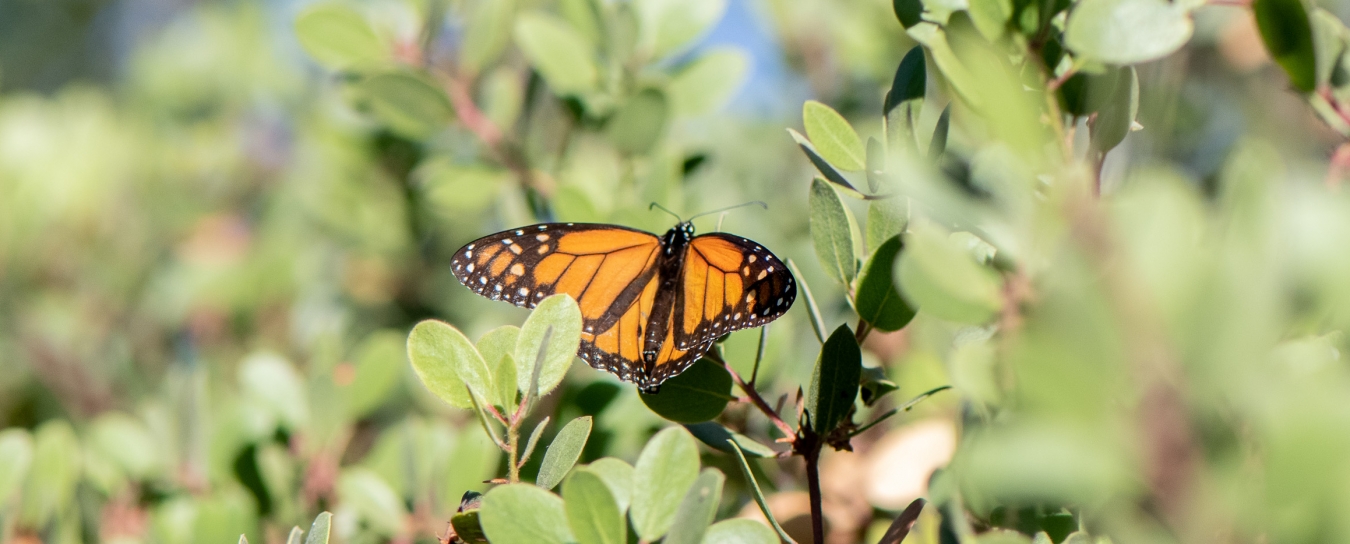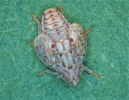
Invertebrates
See our handy guide to critters found in local homes and our Central Coast Butterfly FAQ. Browse the insects and other terrestrial arthropods we’ve identified. Check out local marine invertebrates, particularly bivalve mollusks and intertidal organisms.
- Anthropology
- Rocks & Fossils
- Invertebrates
- Vertebrates
- Botany
- Astronomy
- Fungi
- General
- Recently Asked
What is this insect?
Hello Dr. Gimmel,
I found this bug on the kitchen counter this morning. It's about 3/16" long. I took this picture with a basic digital microscope.
I've been looking online and trying to identify it without luck. I found the SB Natural History Museum website and your email. I hope you can identify it for me.
Thanks,
Gary

Curator Response
Hi Gary,
This is a fantastic shot! I actually answered a similar inquiry last year, but your photo is better. Given the crispness of your photo, I was able to determine yours, and now by extension the insect in the previous inquiry, as a nymph of the Torpedo Bug or Green Planthopper, Siphanta acuta (family Flatidae). Your specimen does not have the waxy filaments that these planthopper nymphs often have (yours is an older individual in which they have probably been rubbed off), but details of the structure and coloration are a good match for this species.
Siphanta acuta is actually native to Australia and the Indomalayan region, but was accidentally introduced to California and Hawaii. In Hawaii it can be a pest of various tropical crops (banana, citrus, coffee, etc.), but I've not heard reports of any damage caused by this bug in California. It is now very common in our state and apparently advancing eastward across the continental U.S.
The adult of this bug, in a departure from the usual pattern for true bugs, is actually quite different-looking from the nymph. The adult is bright green with wings vaguely shark-fin shaped in profile with a pointed upper apex, distinguishing it from all other planthoppers in our area (we have other species of Flatidae with a round upper apex). Earlier stages (instars) of the nymphs are light green, but later instars like yours are covered in a sort of waxy powder that is sparse in some areas, exposing the reddish cuticle underneath.
Thanks for sharing this excellent photo,
Schlinger Chair and Curator of Entomology Matthew L. Gimmel, Ph.D.

